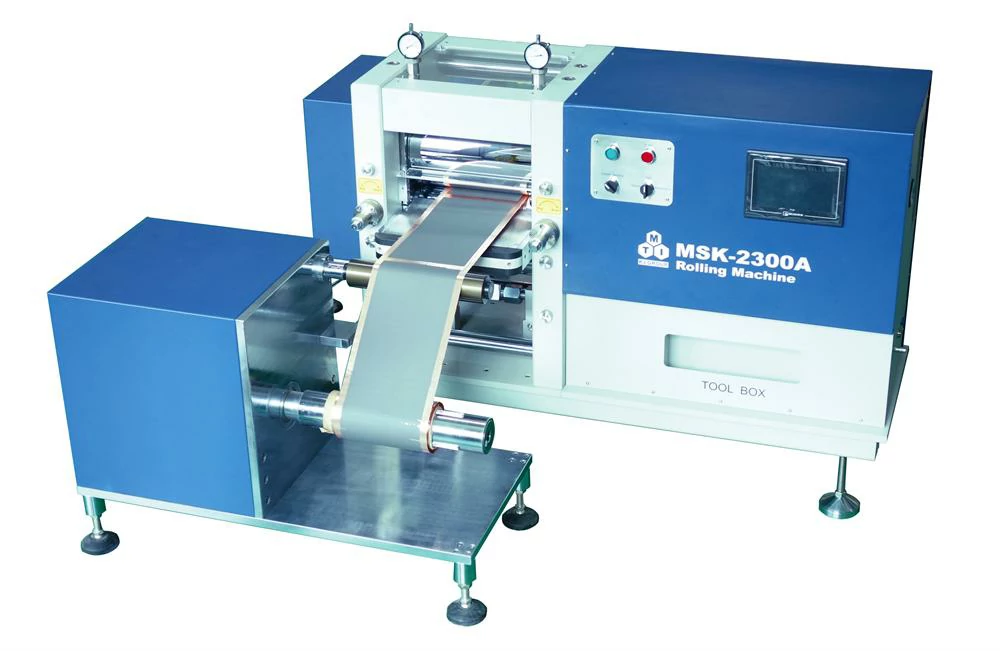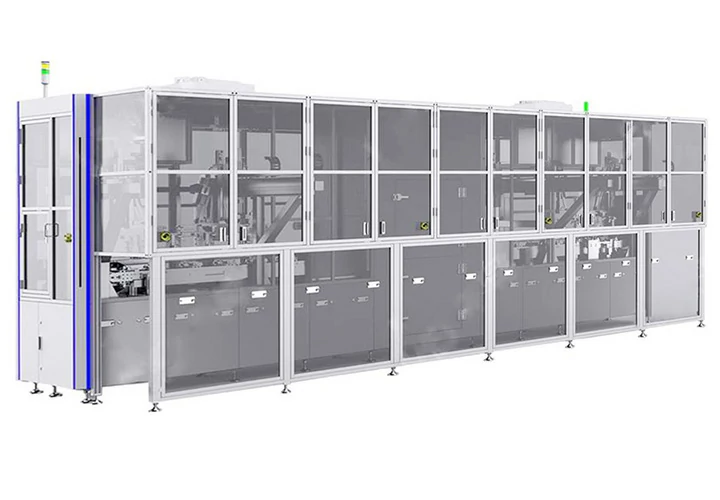Coating on A process in which the slurry with good...
Forming section process flow
In the production process of lithium-ion batteries, the process of forming segments is the key link to ensure the performance, life and consistency of batteries. The forming phase mainly includes six steps: standing, pre-charging, aging, secondary injection, sub-volume and DCR (DC resistance) testing, and assembling and shipping. These steps and their importance in the production of Li-ion batteries will be presented one by one.
let it sit
Standing is the first step of the formation phase, and the main purpose is to create a stable environment for the battery, so that the chemical composition inside the battery is naturally balanced. This process usually involves leaving the cell at a specific temperature and humidity for a certain amount of time. Standing can help the electrolyte penetrate more evenly into the electrode material, ensuring the smooth progress of subsequent chemical reactions, and reducing the stress inside the cell, improving the overall stability of the cell. This process is essential for the successful conduct of subsequent steps.
pre-charging
After the standing is completed, the battery will enter the pre-charge phase. This step is to activate the electrochemical reaction of the battery by connecting the cell to the charging device and charging it with low current. During precharging, the initial reaction between the electrolyte and the electrode material occurs to form the solid electrolyte interface (SEI), which has a very important impact on the battery performance in the subsequent charge and discharge process. By observing the voltage variation and the current state, the internal state of the battery can be evaluated, laying the foundation for subsequent aging and testing.
Aging
Next, the battery enters the aging process. During this phase, the battery is stored under controlled environmental conditions for a certain period of time to stabilize the chemical reactions inside the battery. Aging can help eliminate the stress that may be generated during the manufacturing process, helping to further optimize the electrochemical performance and extend the cycle life of the battery. In addition, aging can also improve the capacity retention rate of the battery and reduce the capacity decay during the initial cycle. At this stage, strict monitoring of temperature and humidity is usually required to ensure that the battery ages under optimal conditions.
Secondary injection
After the aging is completed, the battery enters the secondary injection phase. The main purpose of this link is that in the process of pre-charging and aging of the battery, it may cause the evaporation or depression of the electrolyte, so it is necessary to replenish the electrolyte inside the battery to ensure that the chemical reaction of the battery can be fully carried out to ensure the performance and safety of the battery. The precise control of the secondary injection is very important, too much or too little injection will affect the final performance of the battery.
Fractional capacity and DCR test
After the completion of the secondary injection, the battery will be tested for partial volume and DCR. Sub-capacity refers to the capacity testing of the battery to ensure the consistency of the capacity of each battery cell within a predetermined range. Through the discharge test, the actual capacity of the battery can be effectively evaluated and the best performance battery can be selected. In addition, the DCR test measures the internal resistance of the battery to understand the conductivity and energy loss of the battery. These two tests not only help to screen out high-quality batteries, but also provide data support for subsequent assembling.
with group out of the load
The last step is to assemble the charge. According to the results of the partial capacitance and DCR test, the batteries are grouped according to the similarity of capacity and resistance to ensure the performance of the battery pack is consistent. During this process, the staff will conduct a comprehensive inspection of each battery pack and print out the relevant quality inspection report. Once assembled, the battery packs will be packed and ready for shipment, ensuring that they maintain good performance during transportation and use.
Conclusion
The last step is to assemble the charge. According to the results of the partial capacitance and DCR test, the batteries are grouped according to the similarity of capacity and resistance to ensure the performance of the battery pack is consistent. During this process, the staff will conduct a comprehensive inspection of each battery pack and print out the relevant quality inspection report. Once assembled, the battery packs will be packed and ready for shipment, ensuring that they maintain good performance during transportation and use.

Home energy storage product series
A lithium battery pack for home energy storage systems, which is compatible with solar panels and the sun The inverter can work together with the power grid to power household appliances, and it can also be used as a For off grid systems.
Extended reading
Polar ear ultrasonic welding
Polar ear ultrasonic welding The positive and negative dispersed lugs...
THE ESSC Brand promise
Global supply
Our products sell well all over the world, covering many countries and regions, through the global logistics network, to provide customers with convenient purchasing experience.
Rigorous quality
We adhere to the highest quality control standards to ensure every product meets industry regulations and customer expectations, earning trust through consistent excellence.
Excellent service
With a customer-centric approach, we provide prompt responses, professional support, and personalized services, aiming to deliver the best user experience and long-term value.


